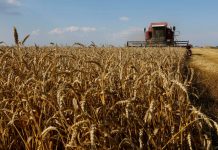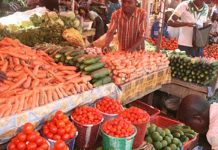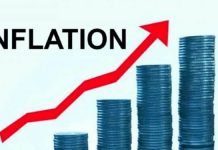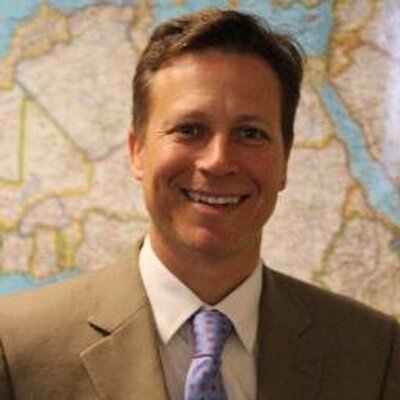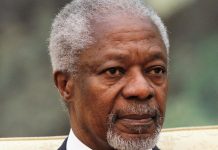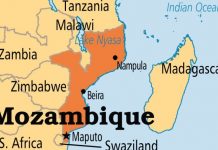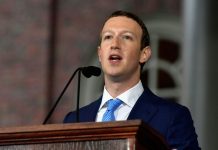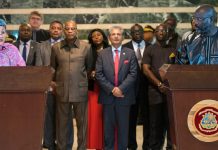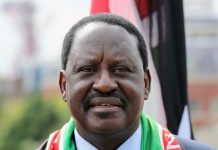President Barack Obama’s initiative aimed at doubling access to electricity in sub-Saharan Africa by 2030 is set to continue under the Trump administration, says the official responsible for the program.
Addressing a media briefing from Pretoria on Tuesday, Andrew M. Herscowitz, the U.S. government’s coordinator for the program – known as “Power Africa” – said many in the current administration are “particularly intrigued” because of how the program harnesses private sector funds to advance development goals.
The private sector invests between 50 and 100 dollars in projects for every one dollar of government money, Herscowitz said. “So this is a model that many in the administration really like and want to see continue.”
He said a number of top officials, including the U.S. Secretary of State, Rex Tillerson, have made statements in support of Power Africa and indicated that they intended to continue it. In Congress, “we enjoy widespread bipartisan support,” he added.
Herscowitz said the program is on track to achieve its overall goals. It has tripled its initial goals and now aims to generate 30,000 megawatts and make 60 million connections by 2030. Three of every four projects generate renewable energy and many countries are beginning with smaller solar and wind projects.
Developing connections with electricity distribution grids is still a “significant challenge,” according to Herscowitz. But companies providing local connections to power are beginning to take off.
He added: “We see tremendous growth in the companies that are providing solar home systems, the pay-as-you-go models, where people in peri-urban and rural areas are able to get access, not just a simple tower and light bulbs, but to clothing irons and electric razors, and televisions, radio chargers, all with a small solar panel that costs them less than $2 a day, sometimes less than 50 cents a day.”
Meanwhile, reports say that the market opportunities are massive, participants agreed; the challenges equally large. By the end of two days of discussions, a consensus emerged around three themes:
1. There is a ‘wall of money’ available to electrify Africa with bankable projects.
2. There is hopeful optimism that U.S. President Trump’s administration might be supportive, and
3. There are enormous opportunities for those with ideas, stamina and, most of all, patience to make money while doing good – on and off the grid.
“To unlock that wall of money,” says Standard Bank’s head of power and infrastructure David Humphrey, “Africa has to grow, develop, and become a place where that wall of money is happy to invest, and can take and understand the associated risks.” Humphrey’s assessment is underpinned by 150 years of African experience by Standard Bank, Africa’s largest bank by assets.
Power Africa, an initiative to ‘light up’ Africa launched by President Obama during a visit to three African countries in 2013, aims to see 60 million new connections and 30,000 megawatts (MW) “of new and cleaner power generation.”
Nigeria, Africa’s most populace nation, is key to meeting those goals, Andrew Herscowitz, the Power Africa coordinator, told attendees. ” If we succeed in Nigeria, we can be successful anywhere in the continent,” he said. Nigeria has some 12,000 MW of installed generation capacity and can transmit 7,000 MW on the existing grid, he said. Typical output ranges from 3,000 to 4,000 MW, of which only about 2,000 MW is being paid for.
Investors and developers new to Africa often need reminding that there are 55 countries on the continent, which compares in land area to the United States, China, Japan, Mexico, India and eastern and western Europe combined. There are tremendous variations by region and often within individual countries. Some countries have policy, regulatory and community frameworks already in place which make it easier to do business. But ‘easier’ is still not ‘easy’ compared to more developed regions, conference participants noted.
“In economic terms,” says Humphrey, “Africa is at the crossroads. “We’ve seen a lot of progress with democracy and democratic institutions, whether in Nigeria, Uganda, even in The Gambia where a constitutional standoff was peacefully resolved. There have been peaceful transitions in Zambia and in Ghana.” Those trends, he says, have made a difference in investor interest.
“Twenty years ago an investor might ask why would I go to Africa”, he says.” Now we’re having interesting conversations at the individual government level and individual client level about how you unlock that potential.”
There’s a lot at stake for Africa’s people. More than 620 million live without electricity. The people of Gbarnway, Liberia, a rural community about 100 miles from the capital Monrovia, illustrate the problems and opportunities. The Liberian government estimated that it could take at least 10 years for the national grid to reach Gbarnway and other rural areas – and that was before the setbacks brought on by the Ebola crisis of 2014-16.
Power Africa’s more than 100 private sector partners have committed to to develop some 16,000 MW of generation. These include a number of non-profits focusing on delivering ‘off-grid’ power to Africa’s rural population.
One of these, the National Rural Electric Cooperative Association (NRECA), has committed $400,000 to bring reliable and affordable electricity to Liberia with a solar-diesel hybrid system. The fifty-four-year-old not-for-profit U.S. organization has helped Liberians launch three electric cooperatives and has provided training in maintenance, service provision and financial management.


